Moving from Oklahoma to South Dakota, it’s funny how similar yet completely different the two are. Up here it feels like there’s a lot more moisture in the soil (however I’ve been told its been a big year for rain… so that might explain why) and the hills seem steeper and more abundant compared to the southern Great Plains. Most of the plant species are the same thought, however all the grasses/ anything that’s not an aster? Not very familiar with those.
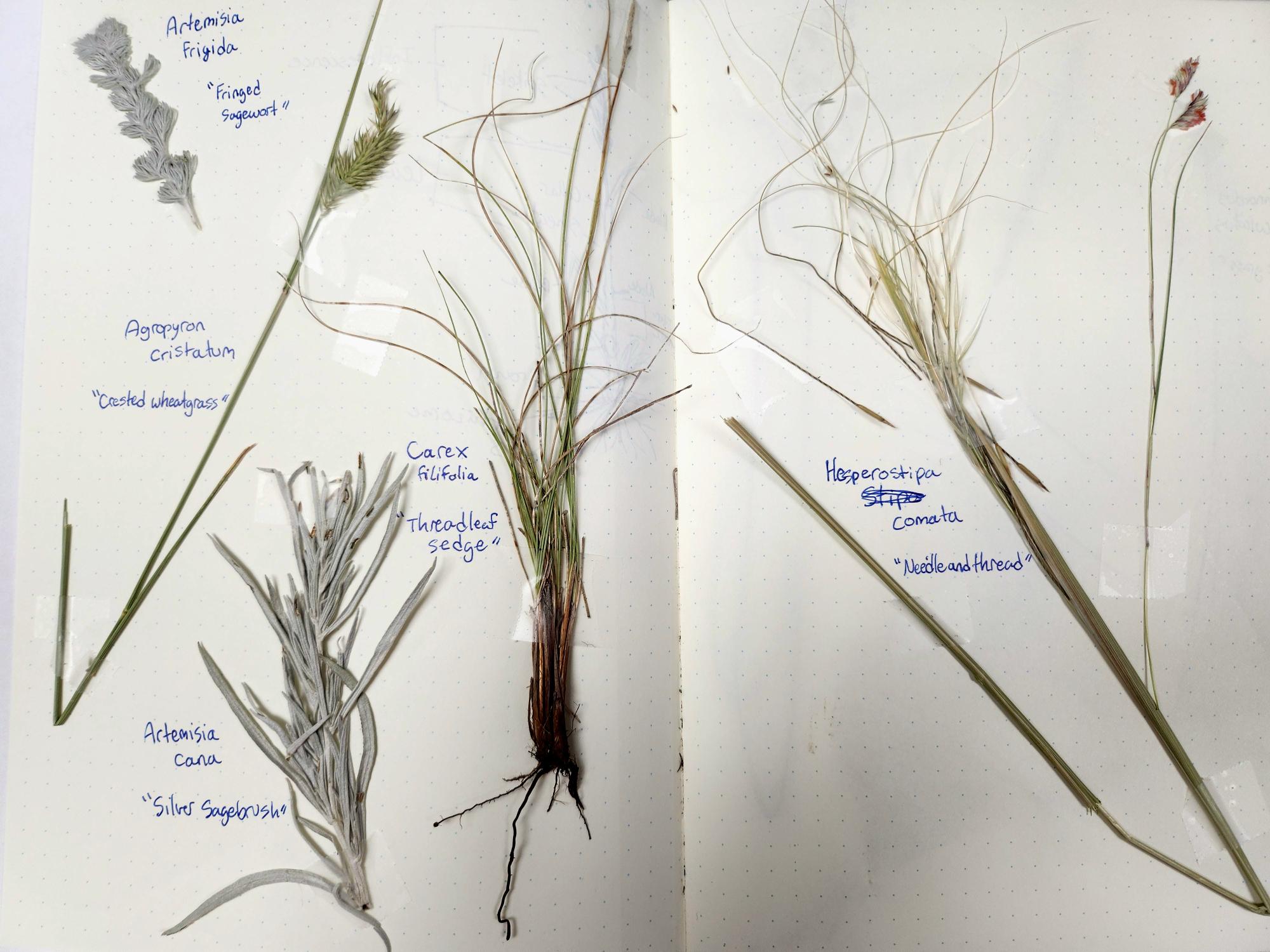
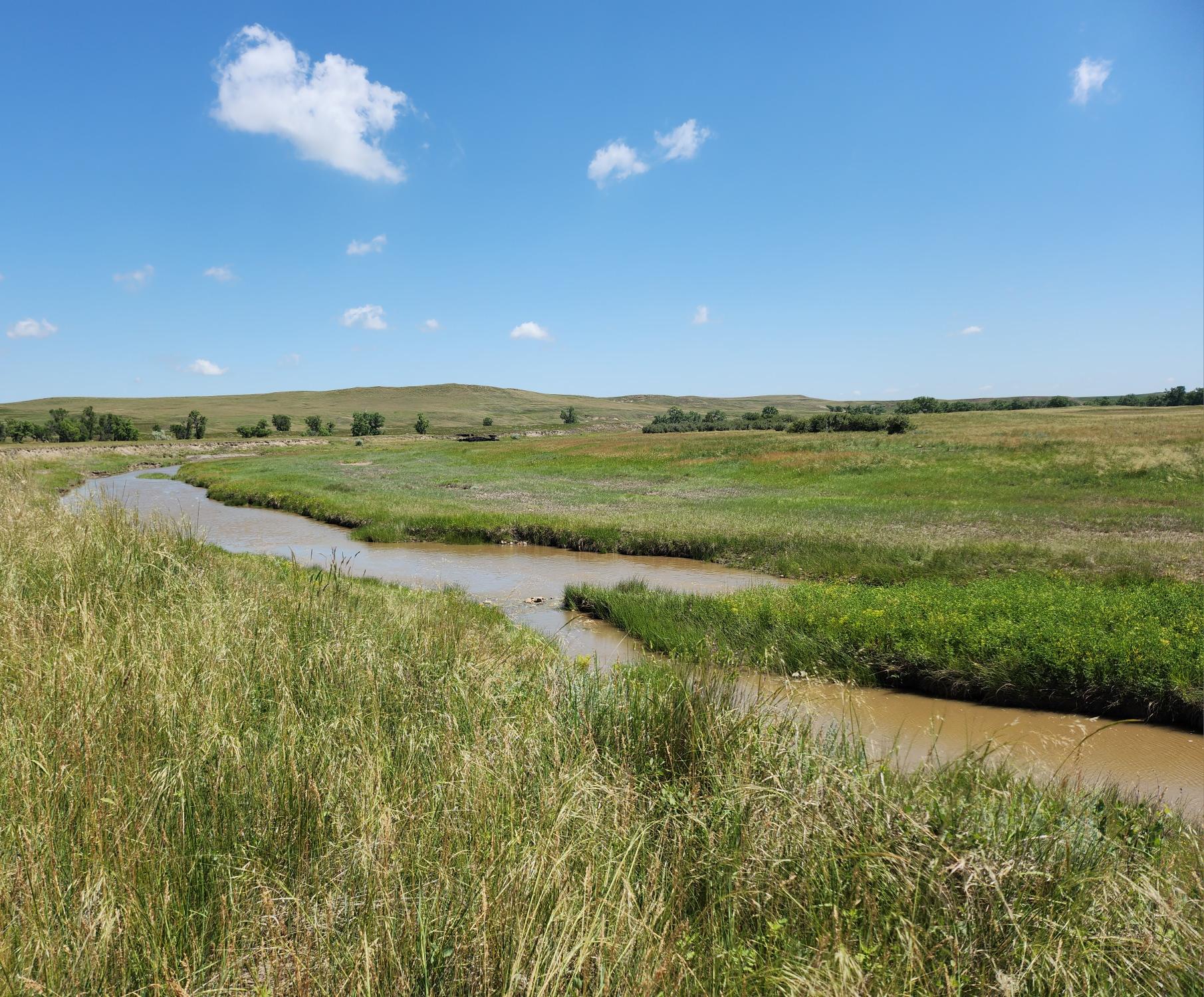
The Dakota Prairie Grassland (DPG) is a national grassland spread through North Dakota and South Dakota divided into three districts- Little Missouri, Grand River/ Cedar River (where I’m at!), and Sheyenne. This is also the first year the DPG is having CLM interns (woot woot!). So far my co-intern Claire and I have spent our first 3 weeks on the job exploring the Grand River district, where we’ve practiced plant ID and done some bumble bee surveying, along with on-boarding protocols and trainings. July 1st was our first day going out and collecting seed up on the southern edge of the Little Missouri district in the Badlands, was super pretty and the weather was great up until we got rained out. So far we have collected seed from needleandthread grass (Hesperostipa comata) and green needlegrass (Stipa viridula); H. comata seeds are very pointy at the base, so collecting them can be quite painful in you aren’t careful.
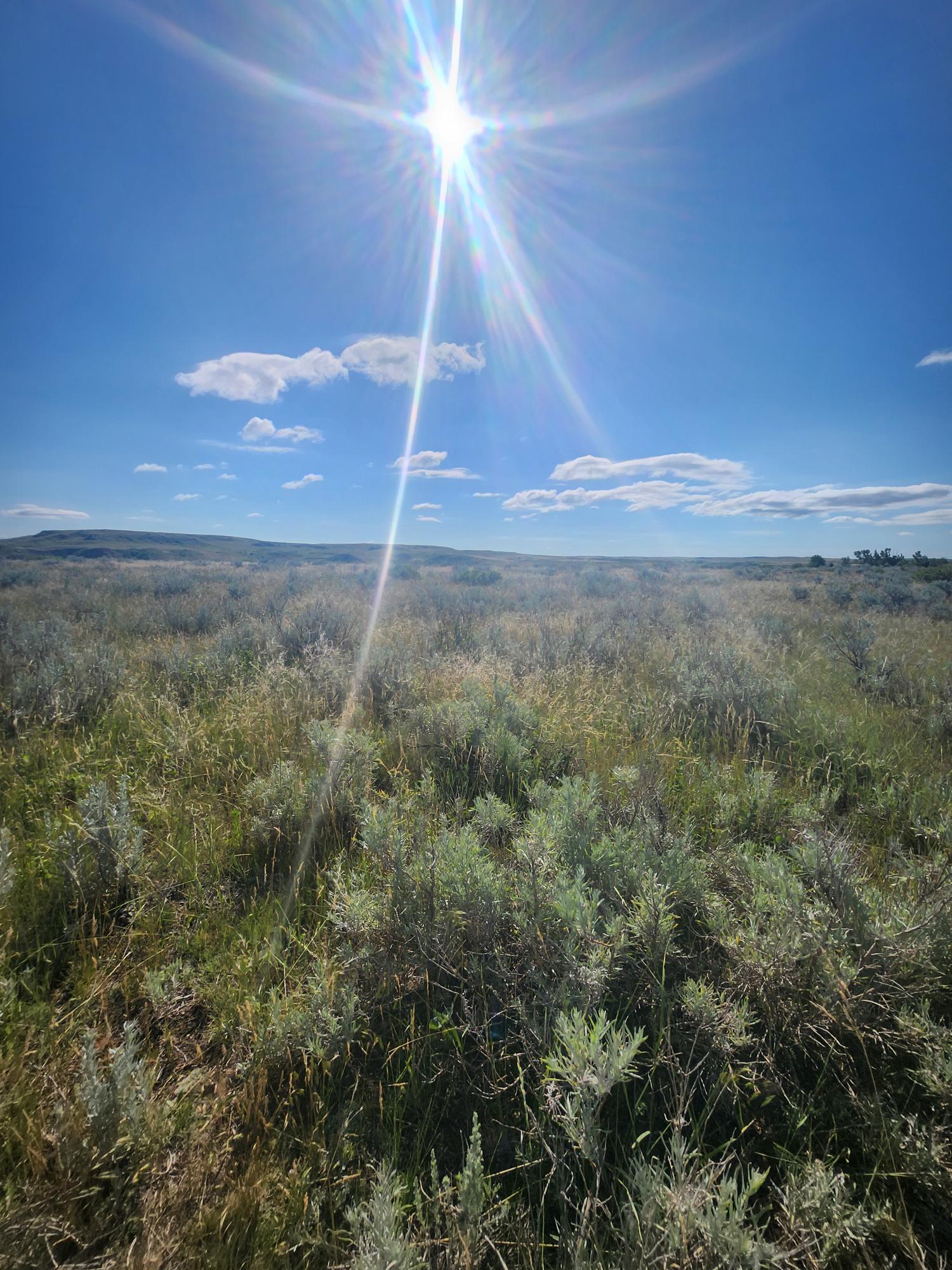
The grassland has been absolutely stunning, I feel like whatever pictures I post here won’t do it justice. The sky is huge, there being very few trees means you can see so far ahead of yourself, the dashes of little badland hills, plus the variety in plant species makes the land kinda look like a watercolor painting with all its different shades of green, yellow, and blue (and also brown thanks to kentucky bluegrass going to seed), and don’t get me started on how good the sage smells.
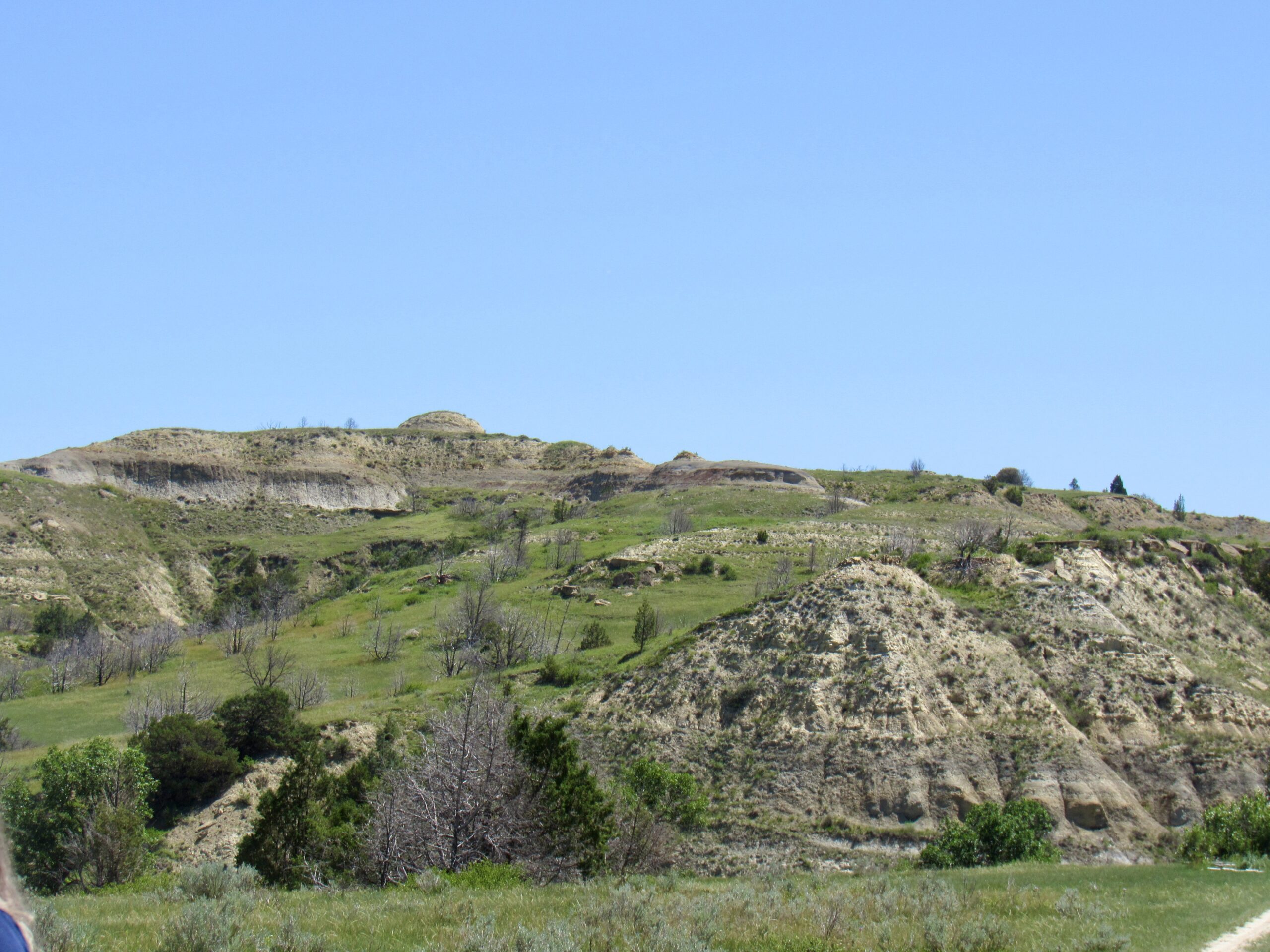
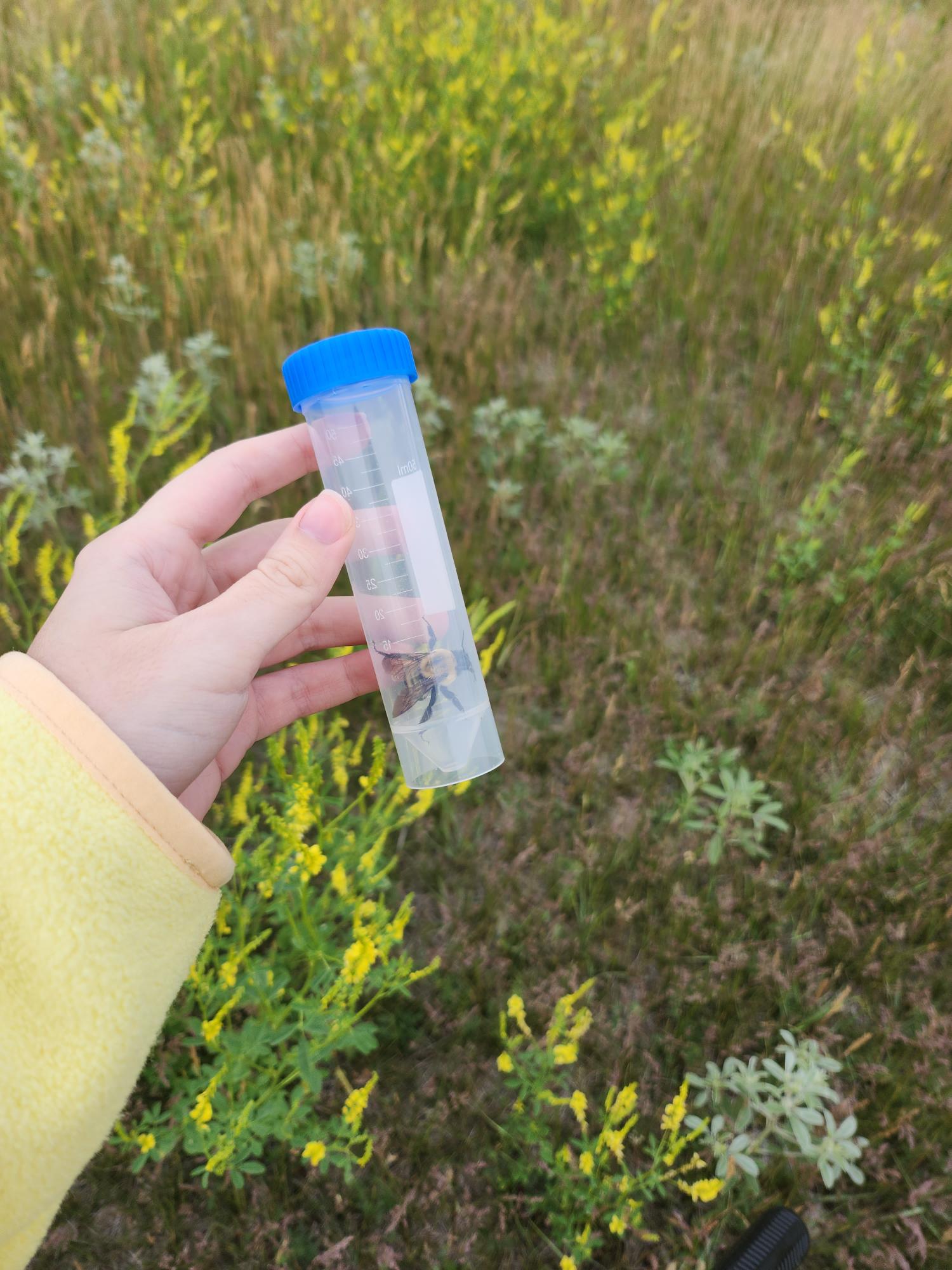
Working with plants has been really great, because not only do I get to geek out about plants, but also about insects! As I’m learning my plants better, I hope to also grow accustomed to all the insects affiliated with them. Listening and being able to recognize most of the bird calls I heard while out in the field is another exciting perk, it makes for some good background music.

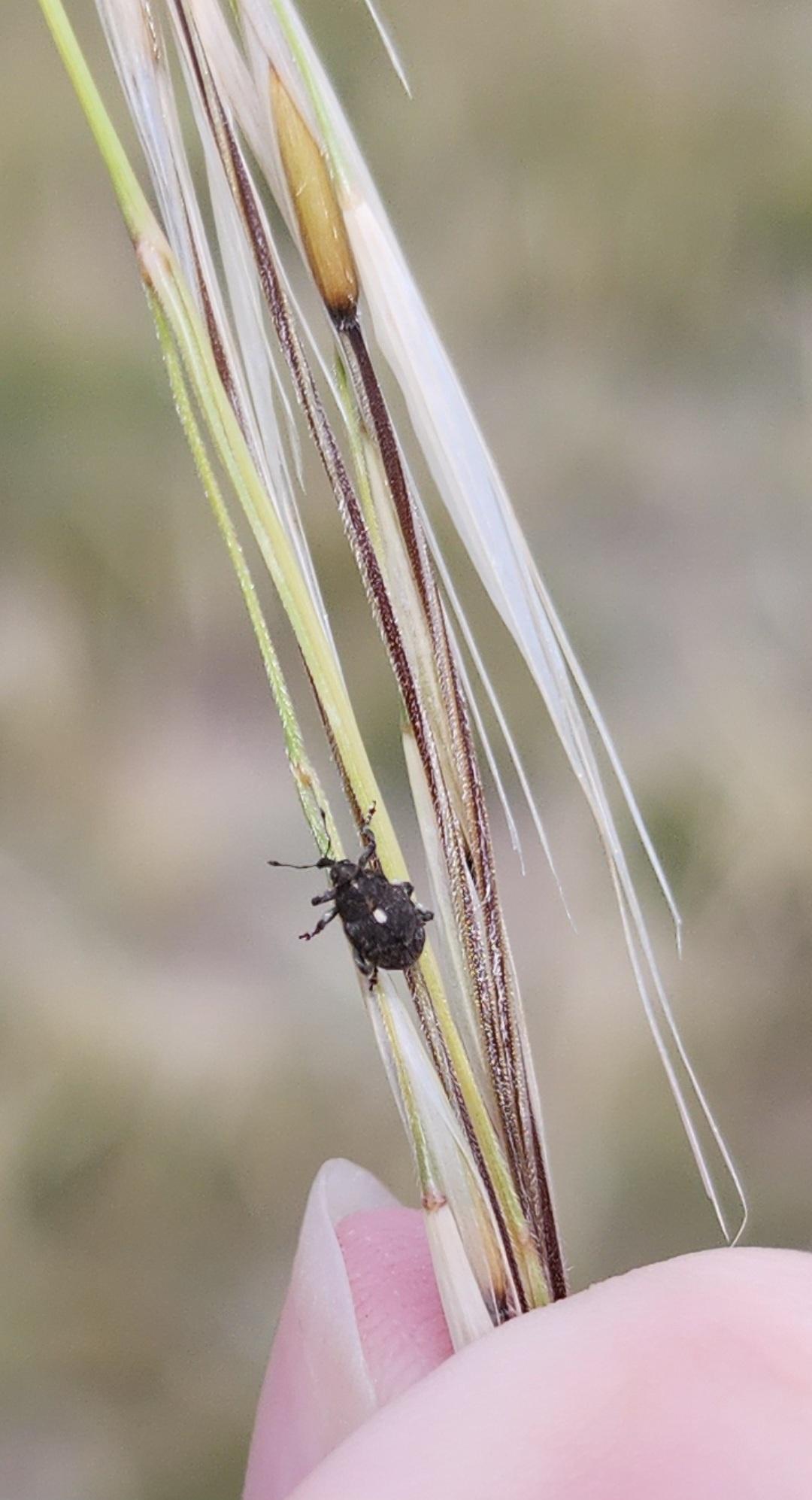
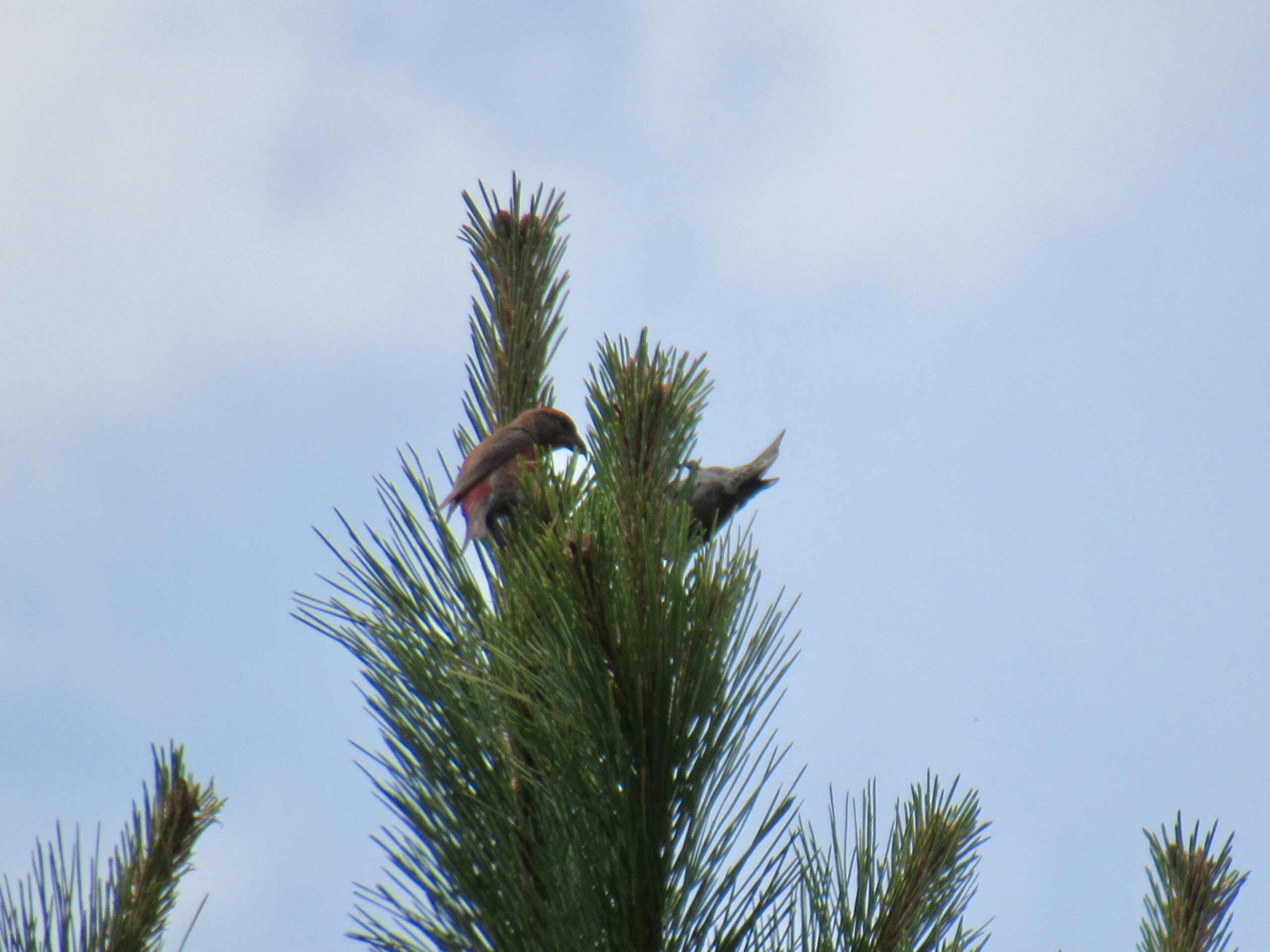
By the end of this internship, I’m hoping I can accomplish these goals/ have these experiences:
- See sharp-tailed grouse and greater prairie chickens
- Learn the scientific names for all our target species (we have 16, that’s probably doable in 22 weeks)
- Learn some stuff about range land management
- Visit all the national parks/monuments/forest within at least 5 hours of me
- Explore every inch of this grassland I’m allowed access to!
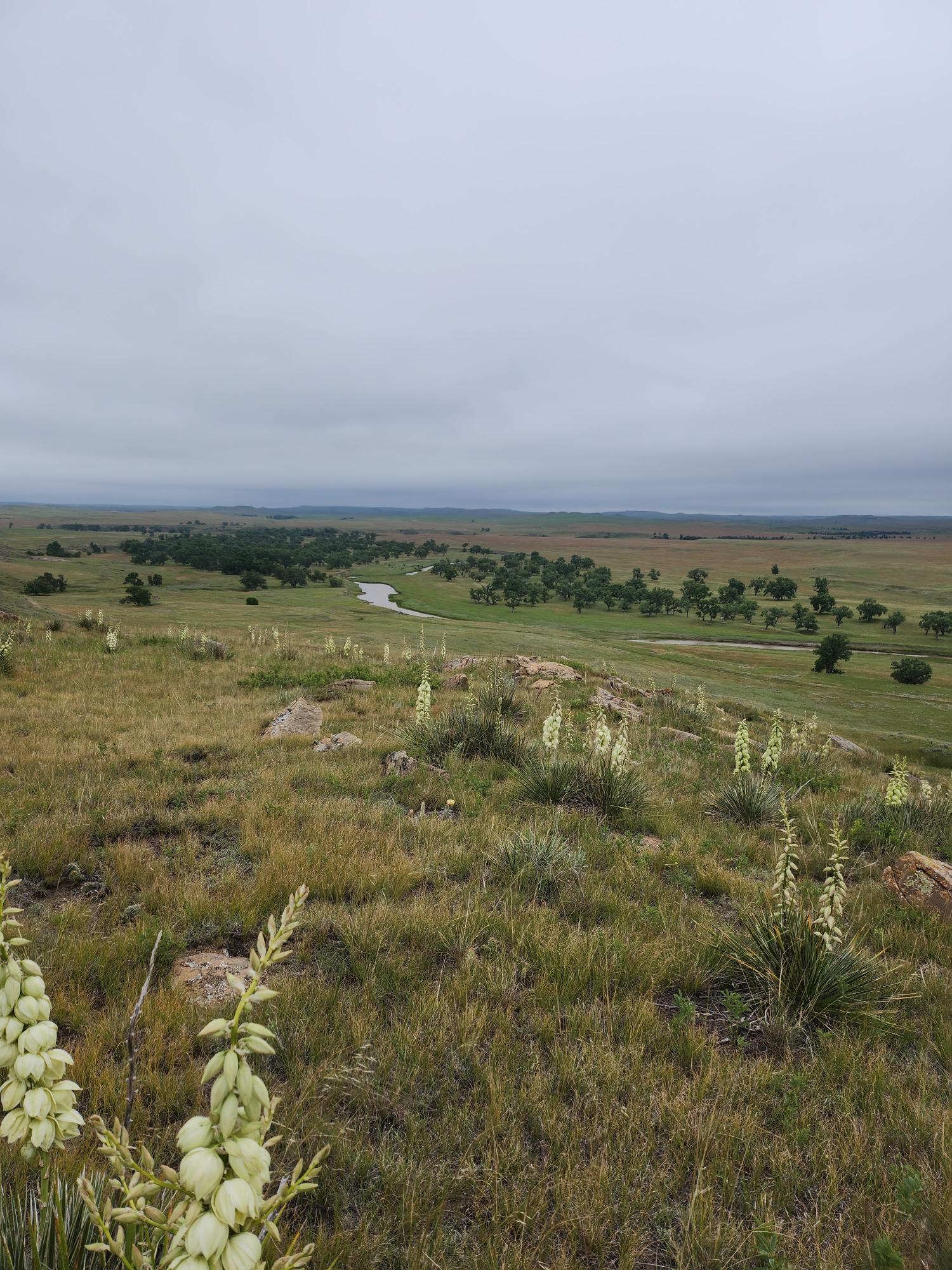
—
Jenna
Dakota Prairie Grassland, SD
